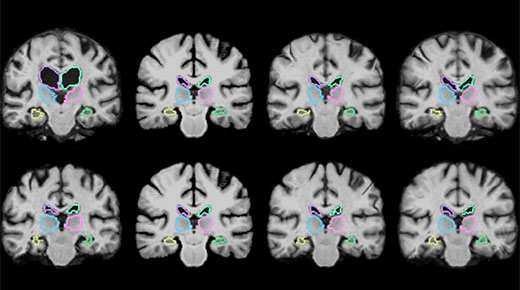Medical image registration is a common technique that involves overlaying two images, such as magnetic resonance imaging (MRI) scans, to compare and analyze anatomical differences in great detail. If a patient has a brain tumor, for instance, doctors can overlap a brain scan from several months ago onto a more recent scan to analyze small changes in the tumor’s progress.
|
ADVERTISEMENT |
This process, however, can often take two hours or more, as traditional systems meticulously align each of potentially a million pixels in the combined scans. In a pair of upcoming conference papers, MIT researchers describe a machine-learning algorithm that can register brain scans and other 3D images more than 1,000 times faster using novel learning techniques.
The algorithm works by “learning” while registering thousands of pairs of images. In doing so, it acquires information about how to align images and estimates some optimal alignment parameters. After training, it uses those parameters to map all pixels of one image to another, all at once. This reduces registration time to a minute or two using a normal computer, or less than a second using a graphics processing unit with comparable accuracy to state-of-the-art systems.
…

Add new comment